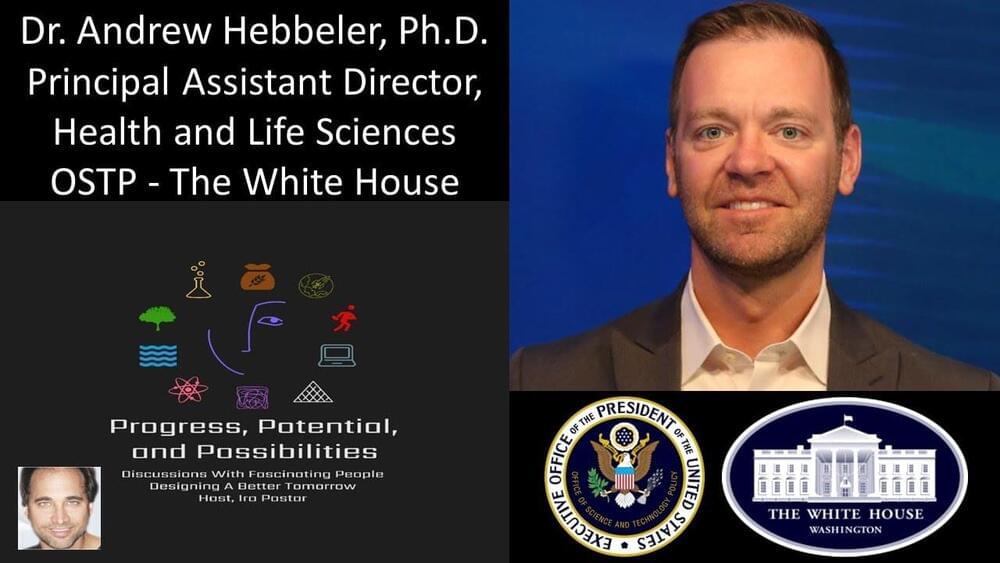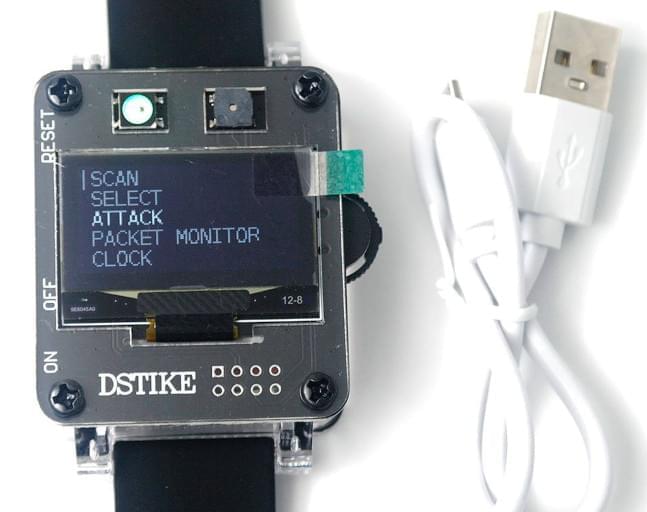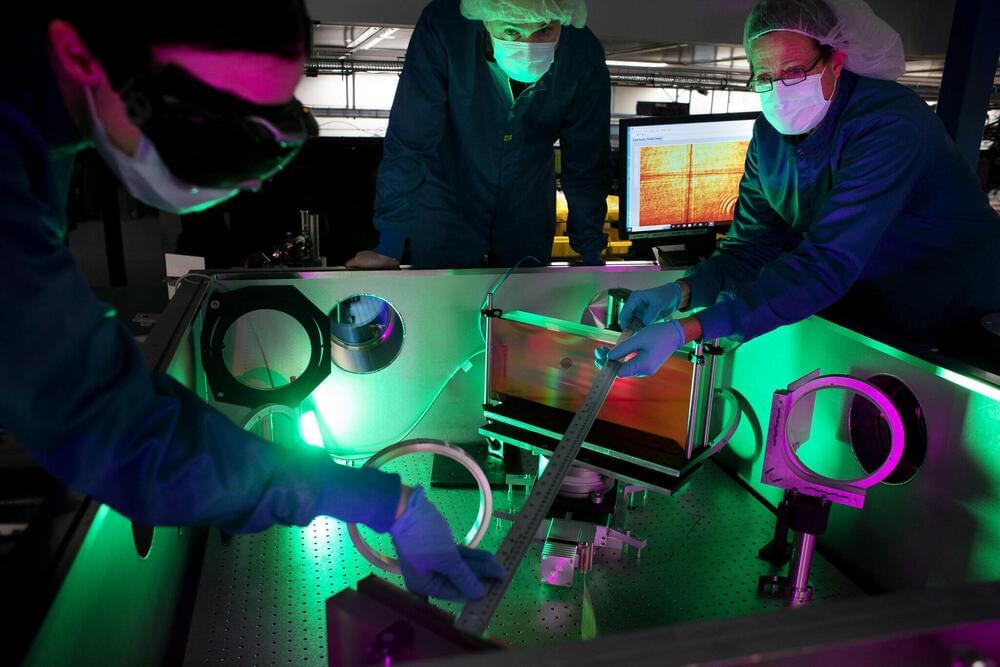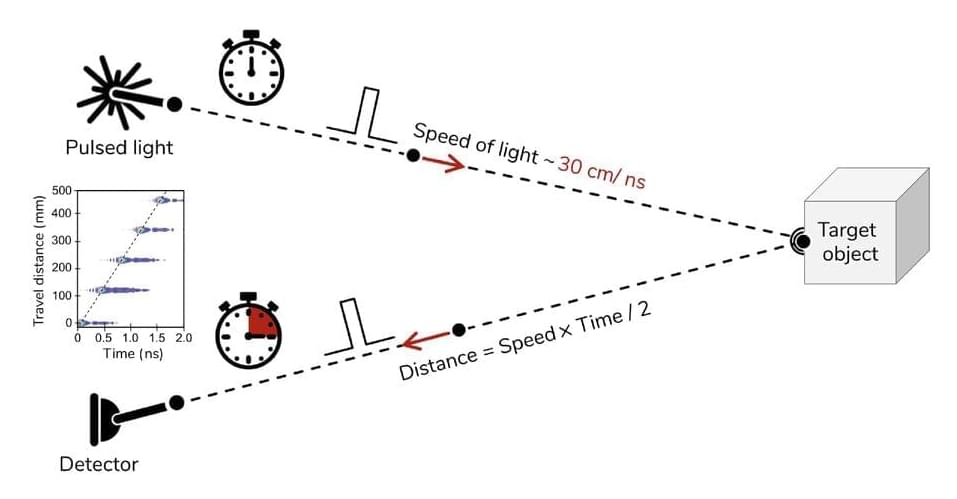Sep 21, 2022
Dr. Andrew Hebbeler, Ph.D. — Office of Science and Technology Policy (OSTP) — The White House
Posted by Ira S. Pastor in categories: biotech/medical, chemistry, health, policy, science, security, terrorism
Maximizing Benefits Of The Life Sciences & Health Tech For All Americans — Dr. Andrew Hebbeler, Ph.D., Principal Assistant Director for Health and Life Sciences, Office of Science and Technology Policy, The White House.
Dr. Andrew Hebbeler, Ph.D., is Principal Assistant Director for Health and Life Sciences, Office of Science and Technology Policy at The White House (https://www.whitehouse.gov/ostp/ostps-teams/health-and-life-sciences/), and has extensive foreign affairs, national security, global health, and science and technology (S&T) policy experience.



















